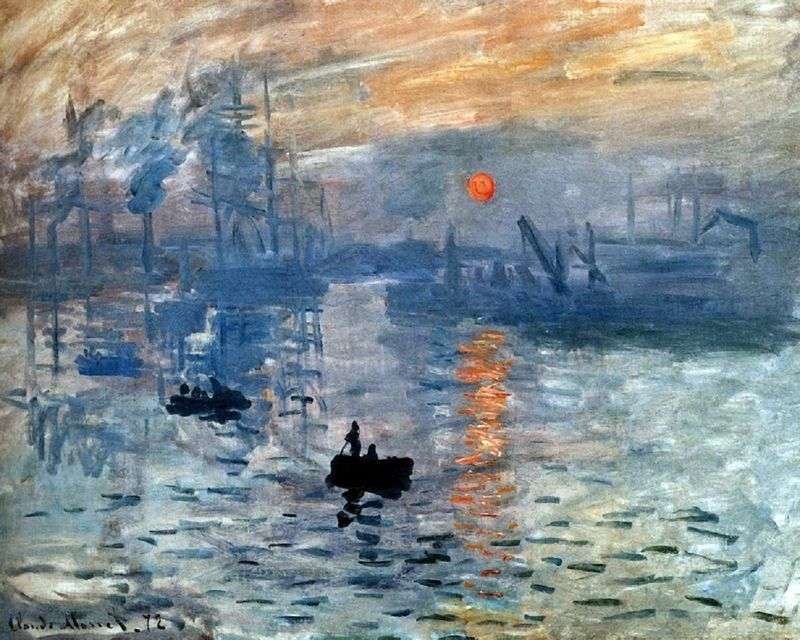
This unusual painting by Claude Monet painted from life in the old avantport of Le Havre. The finished work was presented at the exhibition “Anonymous society of artists, painters, sculptors, engravers and lithographers”, which was held in 1874 in the former workshop of the Paris photographer Nadar, and caused heated debates.
Journalist Louis Leroy, who covered this cultural event in the newspaper Le Charivari, criticized the picture, saying that the wallpaper would have looked much more complete than the “Impression”. The article he wrote was called The Exhibition of Impressors, or, in other words, the Exhibition of Impressionists. The artists used this apt word as a protest to designate their group.
In fact, the opinion of this canvas by Claude Monet was ambiguous. Some called his work a real daub, others could not make a definite opinion and just shrugged their shoulders, others remained in an enthusiastic state after what they saw.
The picture shows sharp swift brushstrokes that more resemble sparkling spots. To achieve the purity and transparency of light, the artist used the paint in its pure form, rather than mixing colors on the palette. This innovation was perceived as nonsense.
The compositional center of the canvas is the orange sun. With difficulty making its way through the haze, it casts a warm pinkish glow to the surface of the water. Surprisingly, if the picture is translated into a black and white gamut, this effect will almost disappear. The port is barely visible, everything is shrouded in thick fog, only boats on the water stand out in dark green spots. Their distant silhouettes give a clear sense of the infinite depth of the sea.
Since the picture was painted from life, the artist had very little time to capture everything on canvas. This once again proves that Monet perfectly mastered the transfer of what he saw.
 Impression Sunrise by Claude Monet
Impression Sunrise by Claude Monet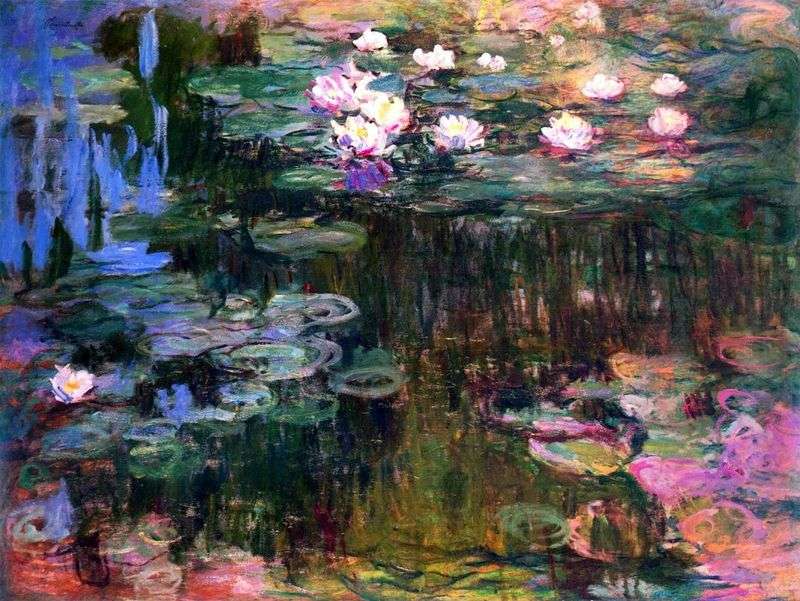 Water Lilies by Claude Monet
Water Lilies by Claude Monet Nympheas by Claude Monet
Nympheas by Claude Monet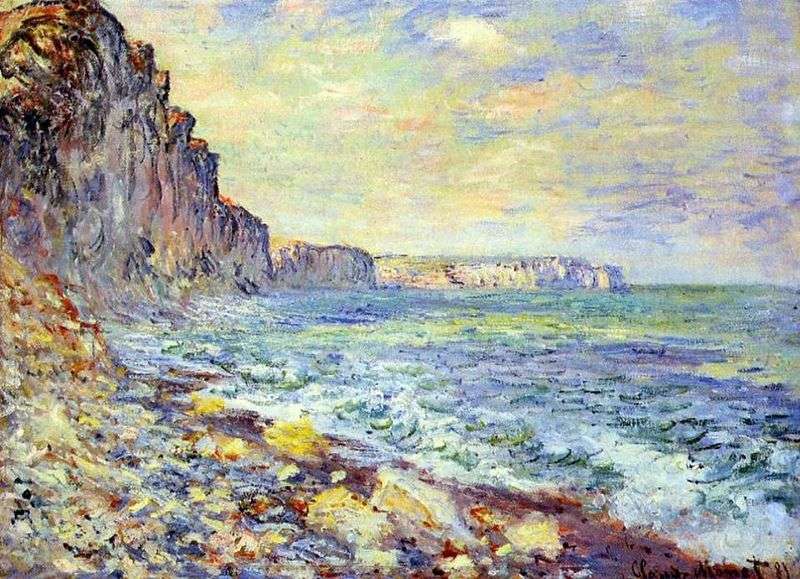 Morning by the Sea by Claude Monet
Morning by the Sea by Claude Monet Agapanthus by Claude Monet
Agapanthus by Claude Monet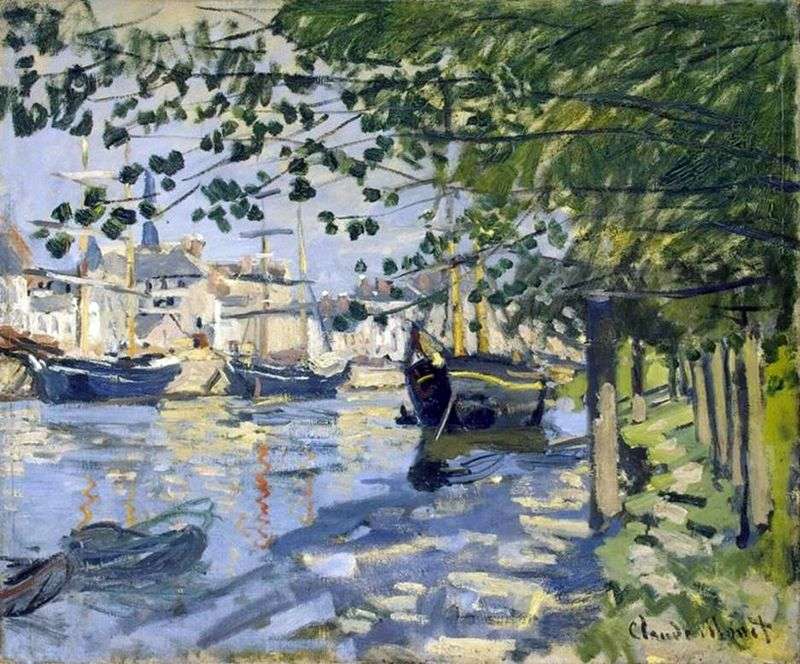 Seine at Rouen by Claude Monet
Seine at Rouen by Claude Monet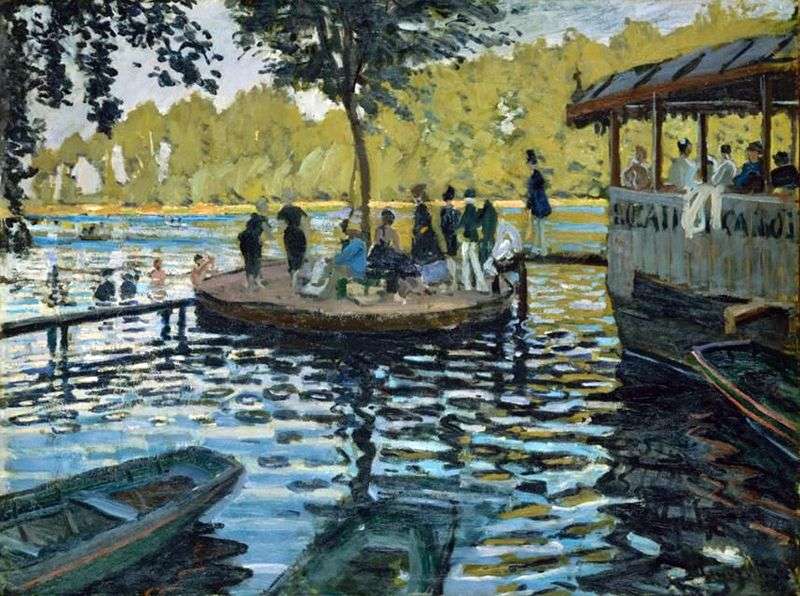 Frog by Claude Monet
Frog by Claude Monet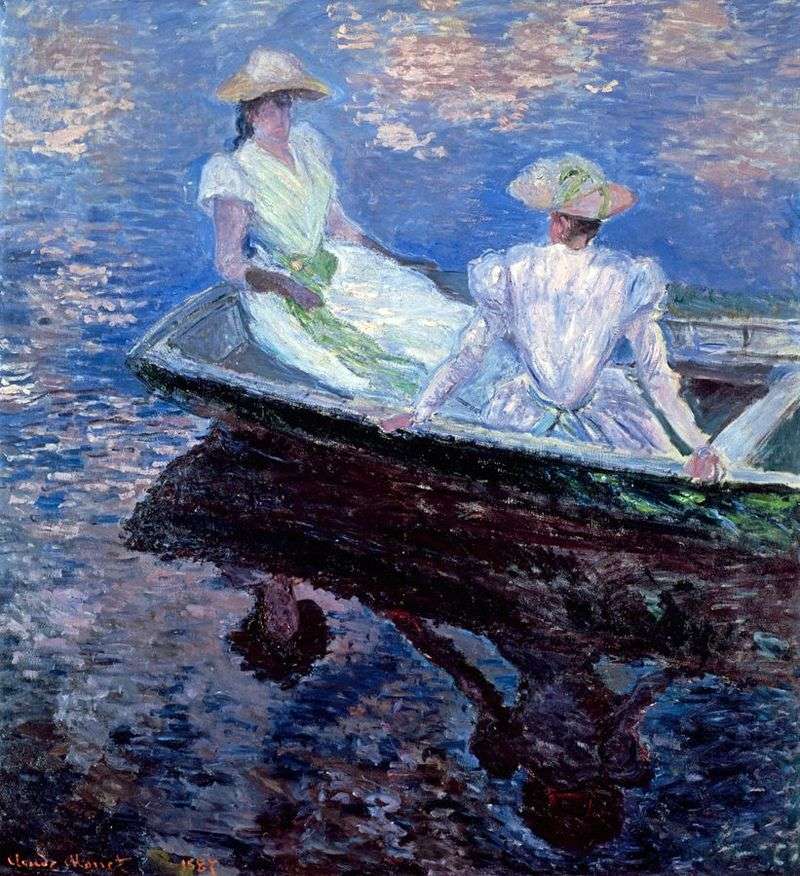 Girls in a Blue Boat by Claude Monet
Girls in a Blue Boat by Claude Monet